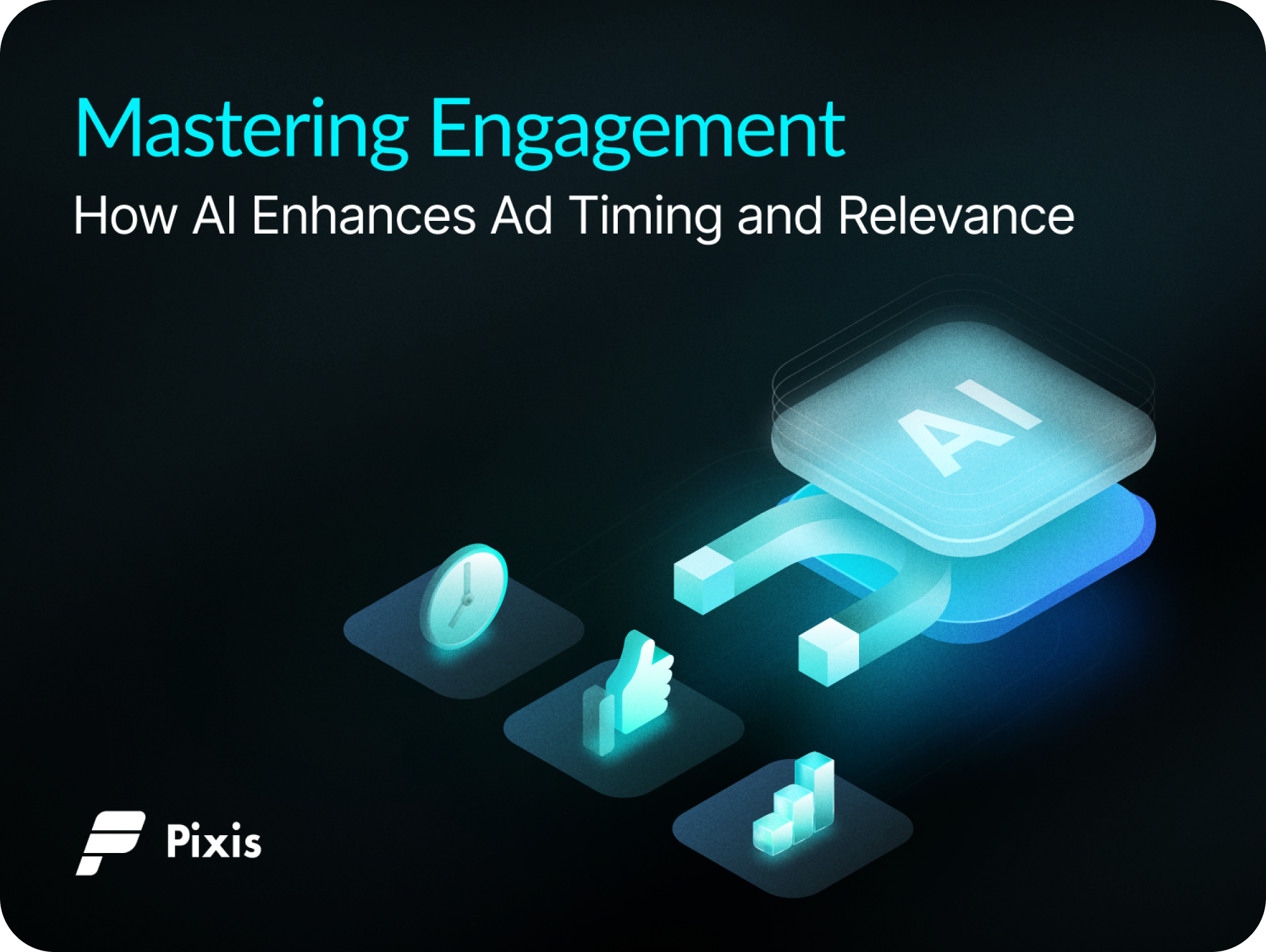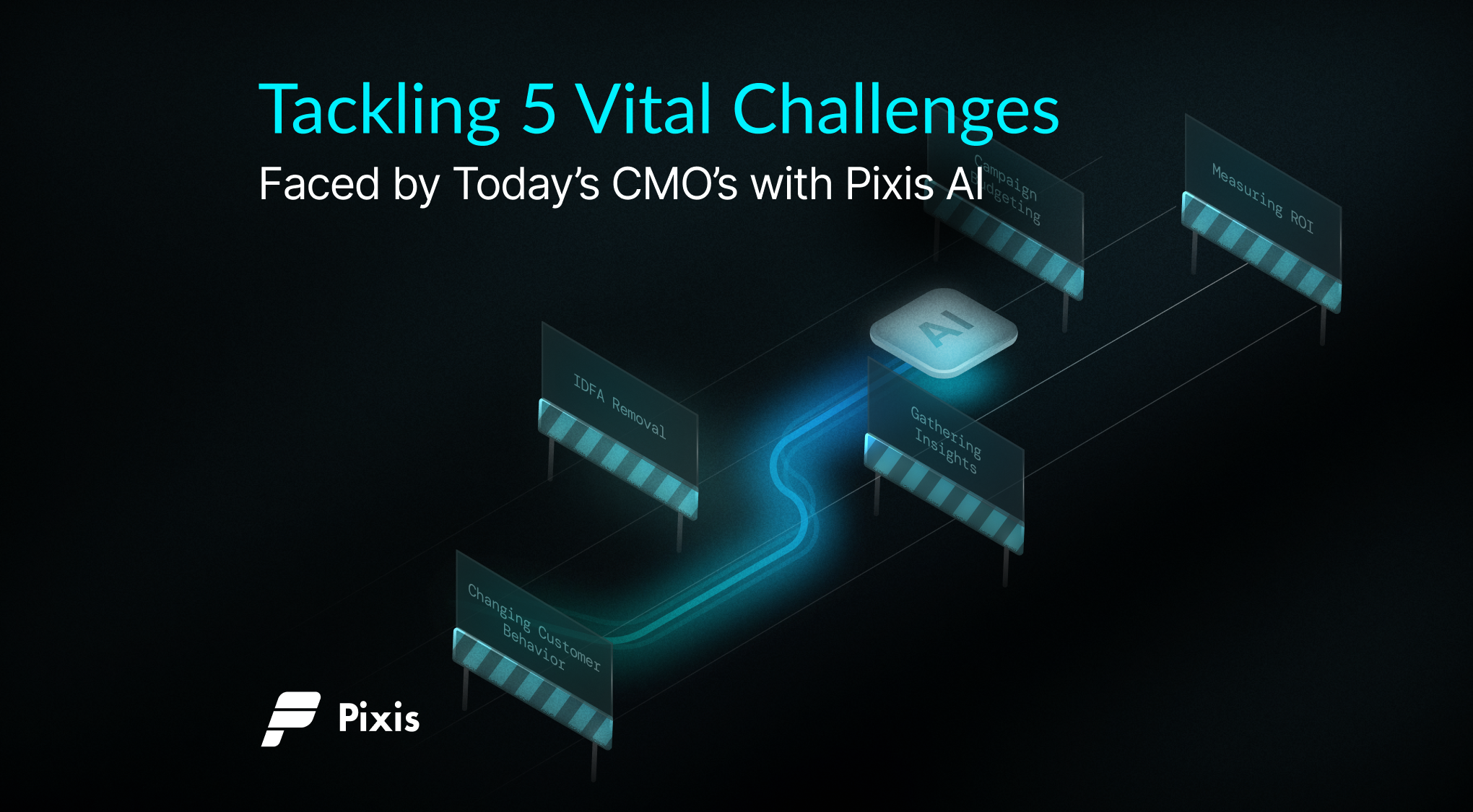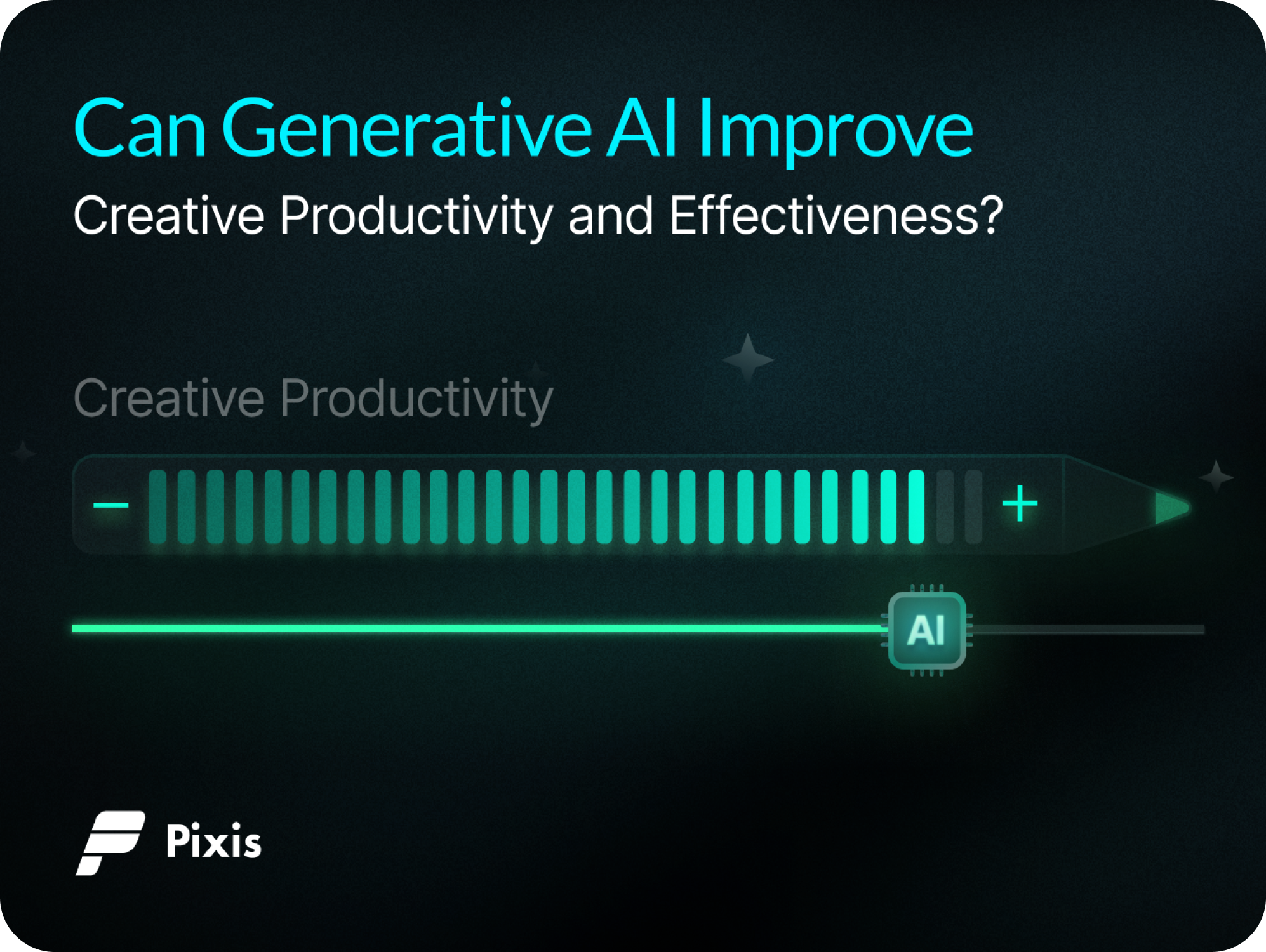Navigating Digital Marketing Across Channels During Peak Demand Seasons
As the calendar hits high-demand periods, brands scramble, adopting a myriad of strategies to capture the audience’s heightened attention. In such a whirlwind of activity, the challenge for businesses isn’t merely to be present but to stand out. As the stakes rise, a well-calibrated approach becomes the linchpin to navigating digital marketing corridors. In this blog, we’d like to take you on a journey to unravel the nuances of optimizing your digital marketing endeavors. This will ensure that your brand doesn’t just participate but truly shines amidst the heightened competition.
Understanding the Landscape During Peak Demand Times
So what exactly happens during peak season?
Brands advertising on digital channels experience a world of changes and challenges. Thus, it’s crucial to understand these while navigating the digital marketing landscape successfully:
Increased Competition: As more brands compete for consumer attention, the digital space becomes saturated. Brands often find it challenging to differentiate their messaging while navigating the digital marketing maze and grab the audience’s attention.
Rising Ad Costs: Because of the increased demand, the cost-per-click (CPC) and cost-per-impression (CPM) for digital advertisements ] increase significantly. Brands may need to allocate a higher budget to maintain the same level of visibility as in off-peak times.
Higher Traffic Volume: On the flip side, more consumers are actively searching for deals and making purchases. This shows potential for a surge in website traffic and increased engagement on social media channels.
Shift in Consumer Behavior: Peak seasons, often driven by holidays or sale events, can result in changes in consumer behavior. There might be a shorter consideration phase, or consumers may become more price-sensitive, looking for the best deals.
Greater Expectations: Customers have heightened expectations during peak seasons. They are on the lookout for seamless online experiences, quick responses to queries, and faster delivery times. Brands that can’t meet these expectations may lose out to competitors.
Operational Strains: The backend operations of brands, especially e-commerce entities, may feel the heat. This includes potential strains on supply chains, and increased demand for customer service. This ensures the website’s uptime and speed with the surge in traffic.
Need for Dynamic Adjustments: With rapid changes in demand, ad performance, and competitor actions, brands need to be agile. They should be prepared to make dynamic adjustments to their advertising strategies based on real-time data.
Greater Rewards and Risks: The high-demand periods offer substantial potential for increased sales and brand visibility. However, mistakes or missteps can be costly. A website crash on a significant sale day or an advertising misfire can be detrimental.
Broader Audience Reach: Brands might find that they’re reaching a broader or different demographic during peak seasons. New visitors, who might not engage with the brand during regular periods, may show interest due to seasonal offerings or promotions.
Emphasis on Multi-Channel Strategies: To maximize reach and conversion, brands often adopt a multi-channel approach. This ensures that their advertising efforts are consistent and optimized across all platforms.
Preparing for Peak Seasons
Success during peak seasons doesn’t happen by chance—it’s the result of meticulous preparation. In this vibrant digital age, businesses have a plethora of tools at their disposal to gear up for these bustling periods. Let’s deep dive into these preparatory measures:
Significance of Historical Data: Before charting out a path forward, it’s imperative to look back. Historical data serves as a treasure trove of insights, revealing patterns of consumer behavior, advertising performance metrics, and the effectiveness of previous campaigns. By analyzing past peak seasons, you can glean what worked, what didn’t, and where there’s room for innovation. This data-driven approach allows businesses to make informed decisions, from budget allocation to choosing the right marketing channels. If you’re keen on understanding how to leverage data across various platforms, we’ve delved deep into cross-platform strategies in another blog—consider it a good place to start!
Understanding Customer Pain Points during Peak Seasons: Every peak season comes with its set of challenges from the consumers’ perspective. They may be overwhelmed with the influx of promotional emails, indecisive due to numerous sale options, or anxious about receiving products on time. Tapping into these pain points means conducting surveys, analyzing customer feedback, and closely monitoring social media conversations. When you understand these pain points, you’re in a better position to craft strategies that not only address them but also build stronger customer-brand relationships.
Benefits of Leveraging Multiple Channels for Brand Visibility: While navigating the digital marketing realm, putting all your eggs in one basket can be a risky venture, especially during high-demand seasons. A multi-channel strategy ensures that your brand reaches your audience, wherever they are. Whether it’s through targeted social media ads, email marketing campaigns, or search engine optimization, being present across multiple channels boosts visibility and engagement. It’s akin to having multiple touchpoints, increasing the likelihood of conversions.
Creating Value-Driven Content that Addresses Pain Points: Once you’ve identified customer pain points, the next step is addressing them effectively. And this is where value-driven content comes into play. Instead of generic promotional messages, craft content that provides solutions. If customers are overwhelmed with choices, create comparison guides. If they’re concerned about timely deliveries, offer real-time tracking. Tailored content that speaks directly to the audience’s concerns not only enhances engagement but also solidifies your brand’s reputation as one that genuinely cares.
Navigating Marketing During Peak Seasons
SEO – Ensuring Website Optimization for Organic Reach: While navigating digital marketing, Search Engine Optimization (SEO) serves as the guiding light, leading potential customers to your digital doorstep. When consumers are actively searching for products and services, it’s paramount that your website ranks prominently in search results. This involves optimizing website content with relevant keywords, ensuring a mobile-responsive design, improving page load speeds, and crafting a stellar user experience. An optimized site not only increases organic traffic but also builds trust, as consumers often equate high search rankings with brand credibility.
PPC – Maximizing ROI Through Smart Ad Placements and Bidding Strategies: “While SEO focuses on the long game, Pay-Per-Click (PPC) advertising is your sprinter, delivering immediate results. However, with elevated competition during high-demand periods, the stakes in PPC campaigns are higher. This is where a product like Pixis can be a game-changer.
With the Pixis Budget Pacing and Planner, businesses can strategically allocate their ad spend, ensuring that budgets are utilized optimally throughout the season and not exhausted prematurely. This results in consistent brand visibility throughout the peak period.
Media Plan Forecasting, another invaluable feature of Pixis, enables brands to predict the performance of their campaigns. Analyzing past data and current trends offers insights into how different media plans might fare, allowing impactful data-driven decisions.
Furthermore, the Action Impact Analysis provides real-time feedback on the strategies deployed. It evaluates the effectiveness of different ads, placements, and bidding strategies, offering actionable insights. If a particular ad isn’t resonating as expected, brands can quickly pivot, ensuring resources are always channeled toward the most effective strategies.

Measuring and Adapting
Even the most meticulously planned digital marketing campaign benefits from ongoing optimization. With the right tools and strategies, much of the guesswork can be eliminated from the outset. However, the strength of any campaign lies in its capacity to refine and adapt in real-time, particularly during high-demand seasons. Here’s how brands can leverage AI-powered analytics to enhance their well-strategized campaigns and maintain a leading edge:
Importance of Analytics and Data-Driven Decisions: The saying “What gets measured, gets managed” rings especially true during peak season. Analytics provides a clear-eyed view of how campaigns are performing, from engagement metrics like clicks and shares to more concrete outcomes like conversions and ROI. Instead of navigating the digital maze with a blindfold, analytics offers brands a detailed map, highlighting the paths that lead to success and those that are dead ends. Data-driven decisions, rooted in analytics, allow brands to allocate resources more efficiently. This helps them double down on strategies that work and jettison those that don’t.
Tools and Platforms for Tracking Performance Across Channels: In today’s multifaceted digital realm, consumers interact with brands across a plethora of platforms. From social media and email to search engines and third-party websites, each channel offers unique engagement opportunities. To get a holistic view of campaign performance, brands need tools that can collate data from all these disparate sources. Platforms like Google Analytics, Adobe Analytics, and other specialized tools within social media platforms provide comprehensive insights into user behavior and campaign effectiveness across channels. With integrated dashboards, brands can get a bird’s eye view of their digital footprint, ensuring no touchpoint is overlooked.
Adapting Strategies Based on Performance Metrics: Armed with comprehensive data, the next step is to use these insights to adapt and refine marketing strategies. For instance, if a particular keyword isn’t driving the expected traffic, it might be worth re-evaluating its relevance or the associated content. Similarly, if a PPC ad’s click-through rate is suboptimal, brands might consider tweaking the ad copy or visual elements. Regularly reviewing performance metrics and being agile in response ensures that campaigns remain aligned with the ever-evolving preferences of the target audience.
In essence, the realm of digital marketing is not for the static. It’s a dynamic space that rewards those who, while grounded in solid strategies, remain fluid enough to adapt and evolve. Interested in mastering this balance?
Book a demo with us to learn about how you can leverage AI capabilities to win this peak season.




